When the first Lords of the Fallen launched in 2014, I couldn’t possibly have imagined I’d be reviewing its successor nearly a decade later. The original was clunky, frustrating to play, and worst of all, bland. It was the first attempt at a Souls game by anyone other than FromSoftware, which is commendable, but it certainly wasn’t a good one, and it was quickly (and rightfully) relegated to the bargain bin.
You can probably imagine my surprise when 2023’s Lords of the Fallen wasn’t just a competent Soulslike but one of the best games I’ve ever played. It has a vast and interconnected world the likes of which I haven’t seen since the original Dark Souls and dare I say it, Lords of the Fallen holds its own alongside—if not above—every other Soulslike and Souls game that came before.
It’s Dark Souls 4 and then some
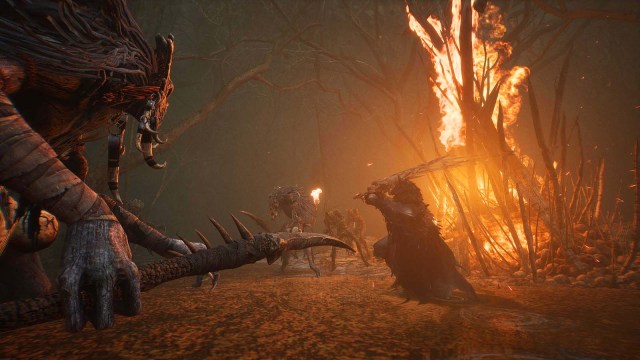
It’s impossible not to compare Lords of the Fallen to Dark Souls when it oozes Souls from every pore. The world, combat, and characters all feel like they’re straight out of a Souls game, and if you told me this was Dark Souls 4, I wouldn’t just believe you—I’d be delighted. But Lords of the Fallen is much, much more than that. It iterates on the Souls formula so well that it feels both fresh and familiar, with just the right amount of uniqueness to set it apart from its peers.
From the get-go, you have the Umbral Lamp at your side, a mysterious artifact that brings you back from the dead and lets you travel between parallel worlds. Lords of the Fallen’s twin worlds are its flagship feature: Mournstead is split into Axiom, the light world, and Umbral, the dark world. If you die in Axiom, you’re sent to Umbral. If you die in Umbral, you die for real and respawn at your last checkpoint.
You’ll regularly need to switch between worlds to overcome obstacles, defeat certain enemies, and find treasures. There are unique paths and rare items in Umbral, but more (and tougher) enemies spawn the longer you remain there. The system is reminiscent of the excellent PS1 classic Legacy of Kain and adds a new dynamic to the Soulslike gameplay loop that makes exploring Lords of the Fallen’s immense interconnected world endlessly dangerous yet highly rewarding.
Shortcuts and secrets aplenty
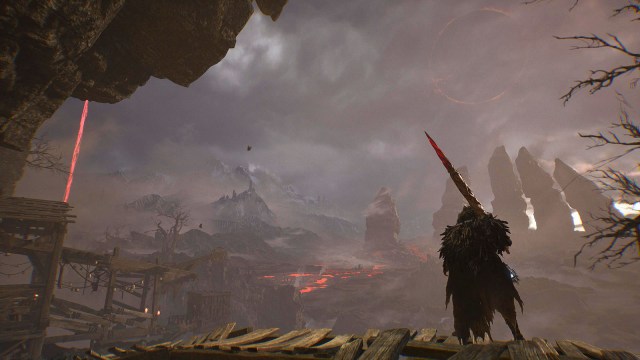
Screenshot by Dot Esports
Axiom and Umbral are punctuated with jaw-dropping vistas in all directions, and gigantic, otherworldly landmarks loom on every horizon. In one direction you’ll see a colossal clawed hand grasping at the sky, and in another, you’ll see gothic architecture so grandiose it puts Dark Souls’ Anor Londo to shame. I was blown away by just how many areas are visible on-screen at once, with every vantage point offering a breathtaking view of challenges yet to come.
Mournstead is staggeringly vast and hauntingly beautiful: As one of the first big-budget Unreal 5 games, Lords of the Fallen is easily the best-looking Soulslike, and at times, even stands up to Bluepoint’s visually stunning Demon’s Souls remake. The game is gorgeous, and I occasionally had to pause to behold the sheer magnificence of the landscape Hexworks so expertly crafted.
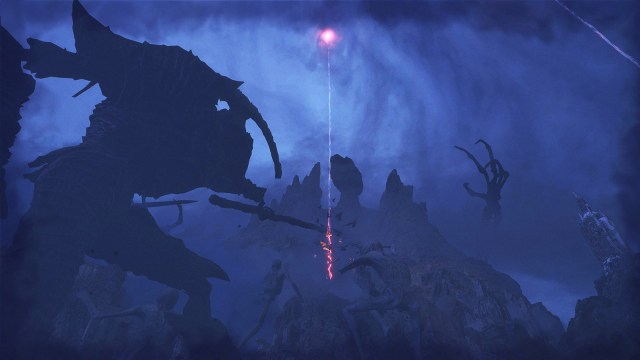
These environments seamlessly branch out in all directions from Skyrest Bridge, a safe haven at the heart of Mournstead. There’s an impressive number of areas to explore in Lords of the Fallen, all with branching paths and shortcuts to unlock. The world opens up substantially around a quarter of the way in, with four or five distinct routes to choose from, and you’ll frequently see upcoming areas telegraphed on the skyline. This is a welcome feature that keeps you well-oriented and ever more curious to find out what’s around the corner.
Mournstead’s twisting routes and branching paths make it feel immersive, interesting, and most importantly, alive. There are secrets and shortcuts in every nook and cranny, and you’ll become intimately familiar with the region in the 40 to 50 hours you’ll spend exploring it. The world is the main character in Lords of the Fallen, and you’ll feel it from the moment you pick up the controller to when you beat the final boss.
Precise, rhythmic, and remarkably diverse
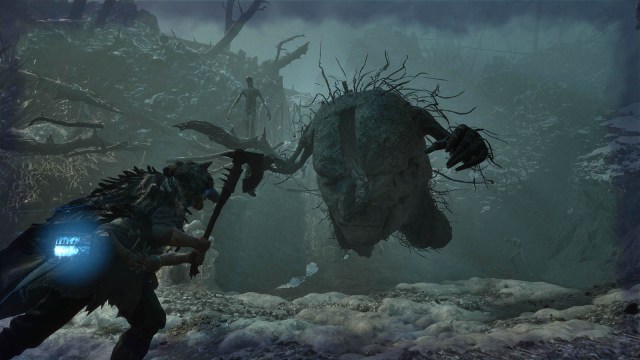
With dozens of unique enemies and bosses scattered across Mournstead coupled with brilliantly expansive build diversity, Lords of the Fallen’s combat easily stands toe-to-toe with its peers.
Weapon swings are weighty and impactful, hitboxes are satisfyingly precise, and invincibility frames are surprisingly generous, keeping combat flowing in a back-and-forth dance that often reminds me more of Sekiro than the Souls games. Rolling, blocking, and parrying are all effective defensive options, and although I didn’t quite get the parry timing down, I’m looking forward to trying properly on a new playthrough.
While not as mechanically complex as bosses in Elden Ring and Lies of P, Lords of the Fallen’s boss battles feel fun and fair with just the right amount of difficulty. Most are interesting and varied, and around half throw a spanner in the works with an unconventional mechanic or phase change. One filled his arena with lava, forcing me to run to high ground, while another sported a challenging miniboss companion but only in the dark world, forcing me to stay in the light world to avoid being overwhelmed.
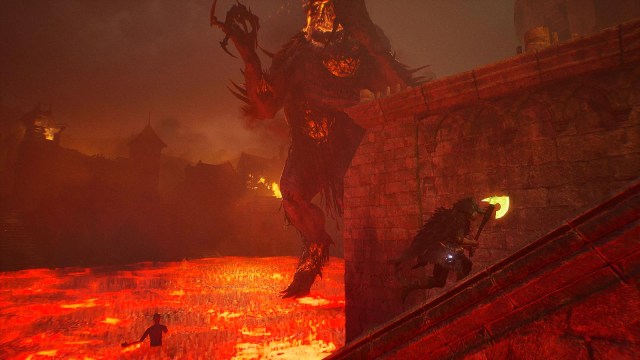
There’s nothing groundbreaking here, but nothing disappointing either. No boss was too difficult, and I felled all but the hardest after less than a dozen attempts. Most attacks were well-telegraphed and easy to dodge once I got the timings down, which is more than I can say for the frustratingly erratic “drunken monkey” fighting styles adopted by many bosses in recent Soulslikes (I’m looking at you, P). This may disappoint die-hard Souls fans who love ruthlessly difficult combat, but Lords of the Fallen is more about its world than its bosses, and I found it refreshing not having to spend hours on every fight. Truth be told, I loved the whole journey.
If I must name a gripe, it’s that Hexworks didn’t do more with Lords of the Fallen’s parallel worlds. I couldn’t help but feel Umbral could’ve featured more prominently in combat and exploration; it’s such an interesting mechanic rarely seen in games nowadays, and perhaps the developer could’ve done more than simply having players switch worlds to cross a gap, move a platform, grab an item, or kill a hidden enemy.
One thing’s for certain: With so many routes through Mournstead and so many viable builds to choose from, Lords of the Fallen is enormously replayable and will likely remain relevant for a long time. This isn’t just a Soulslike—it’s the best Souls game since the original Dark Souls and a worthy successor to the mantle. With intricate world design, unparalleled art direction, satisfying combat, and excellent replayability, Hexworks has crafted a near-masterpiece that is absolutely worth a buy.
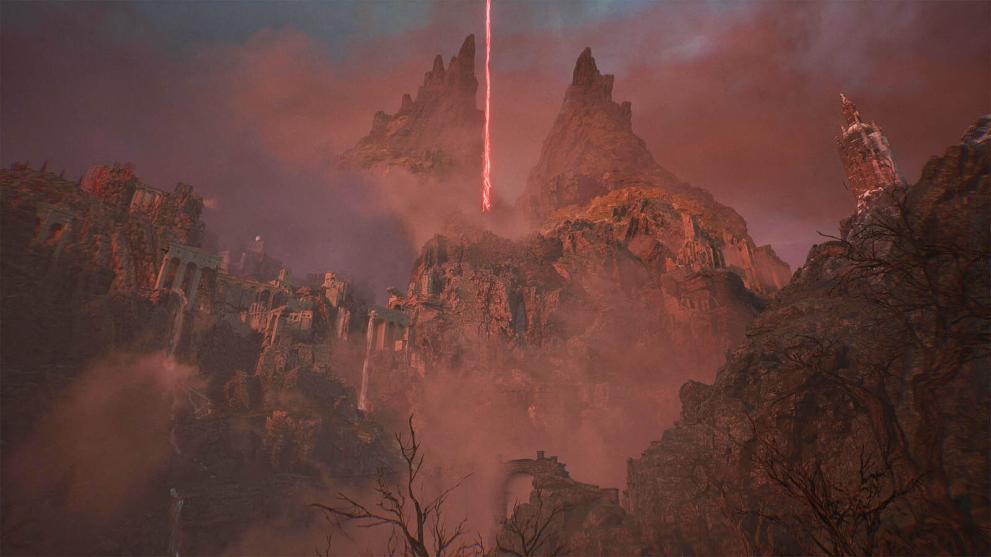
- Branching paths
- Impactful combat
- Huge range of viable builds and weapons
- Shortcuts and secrets at every turn
- Gorgeous vistas
- Best interconnected world since Dark Souls
- Simpler bosses
- Umbral felt underutilized


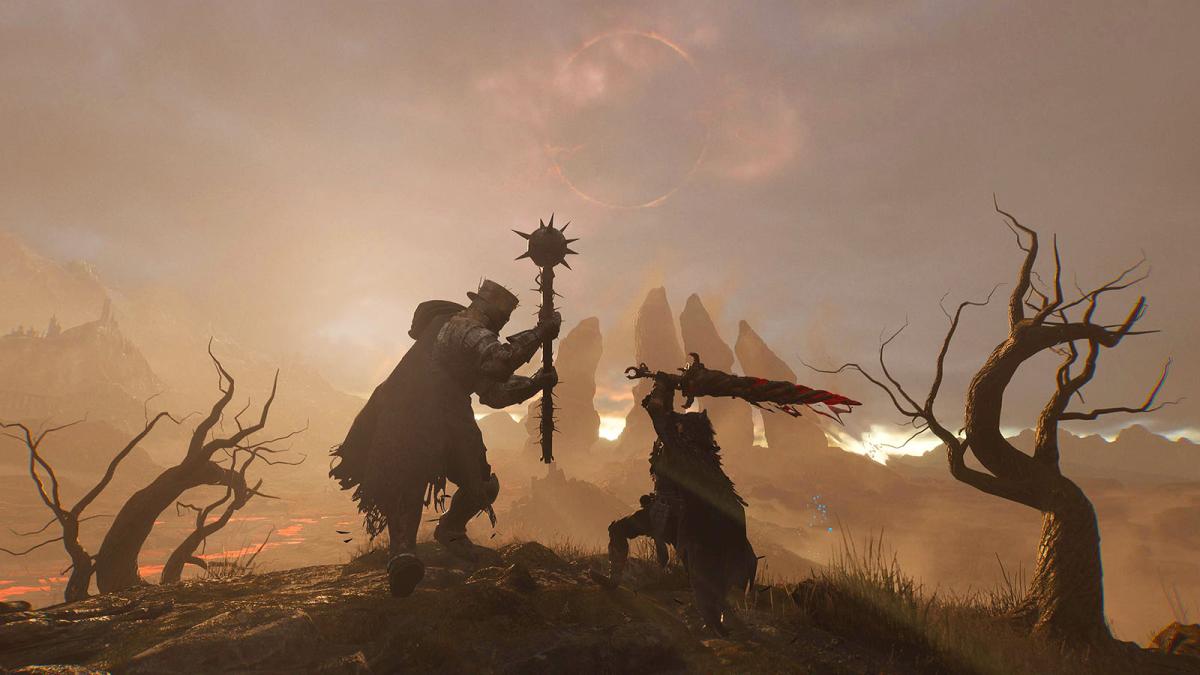
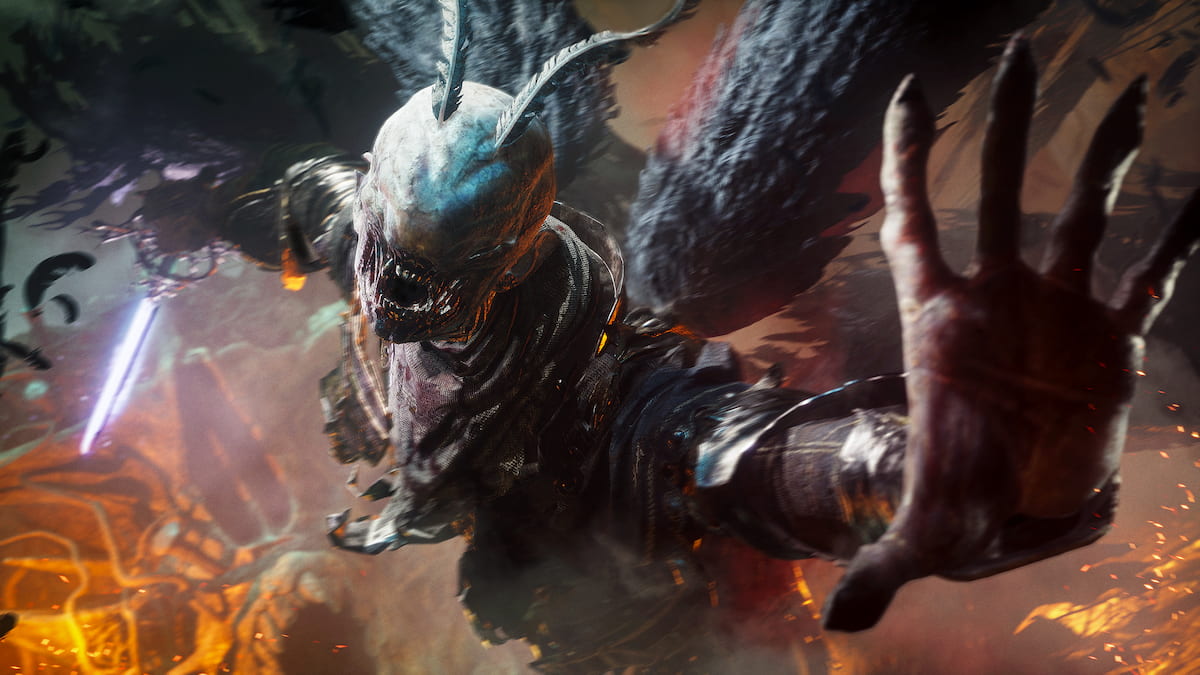
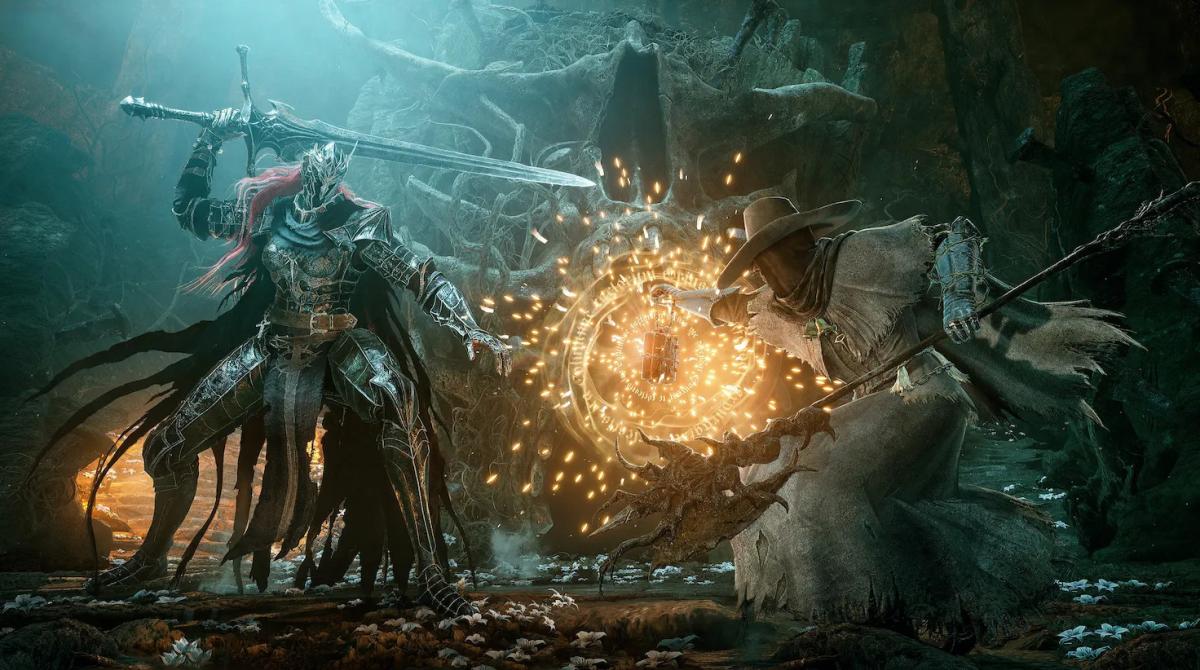
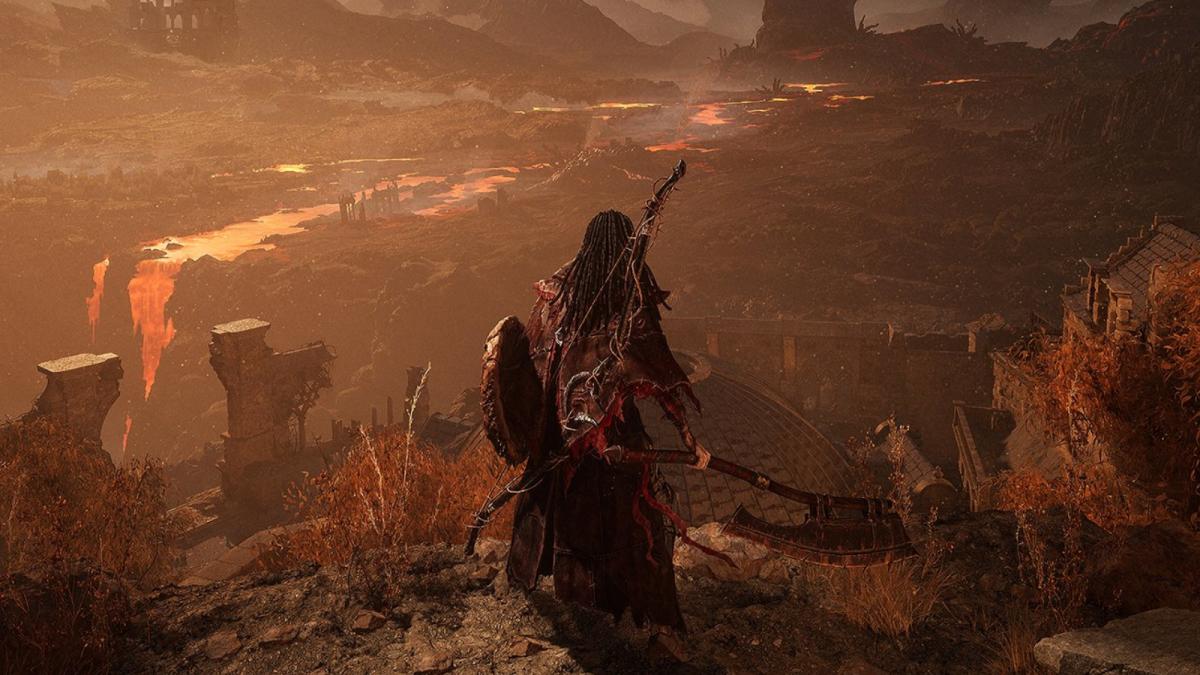
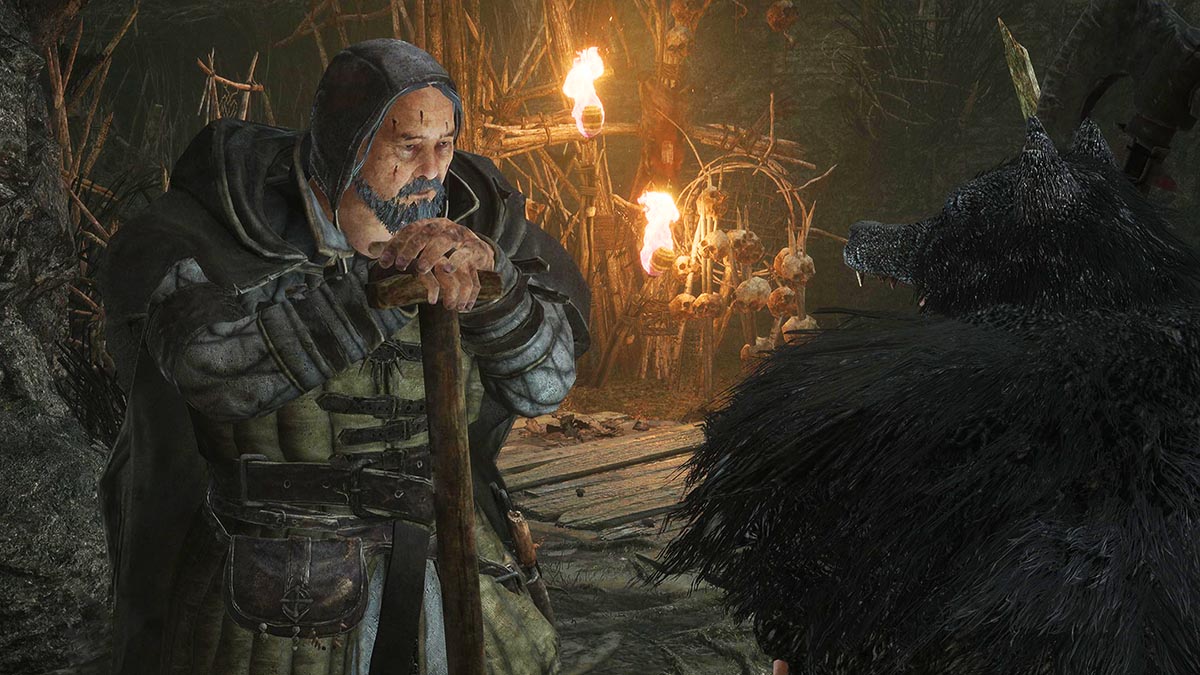
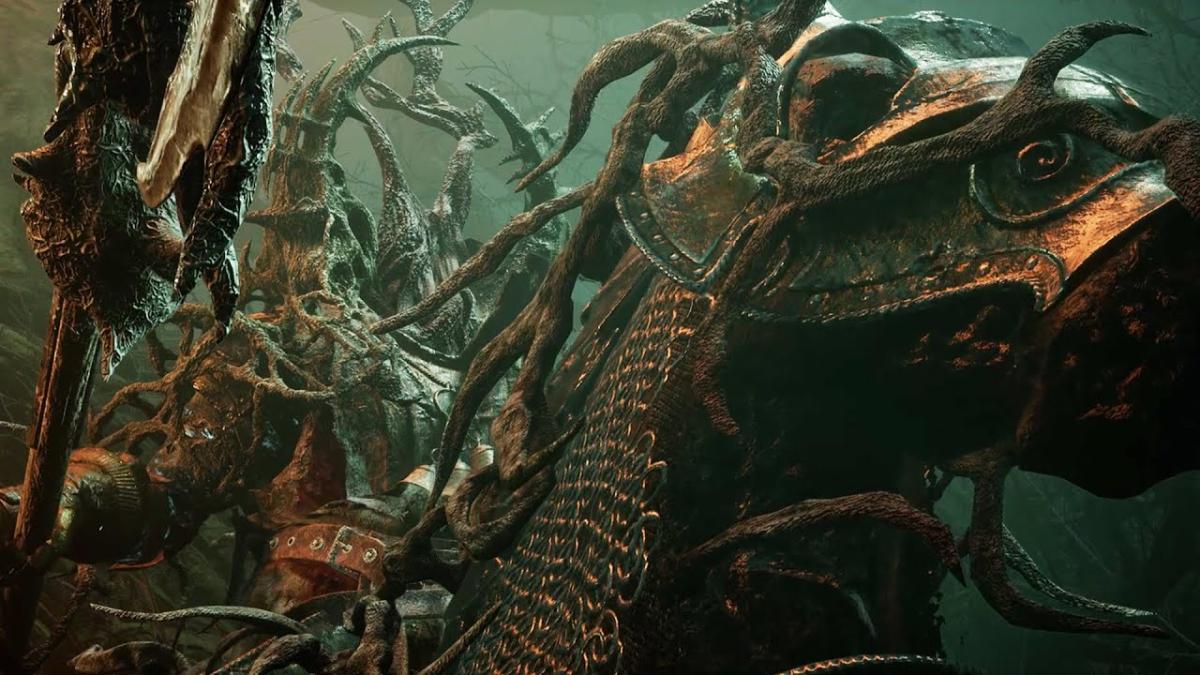
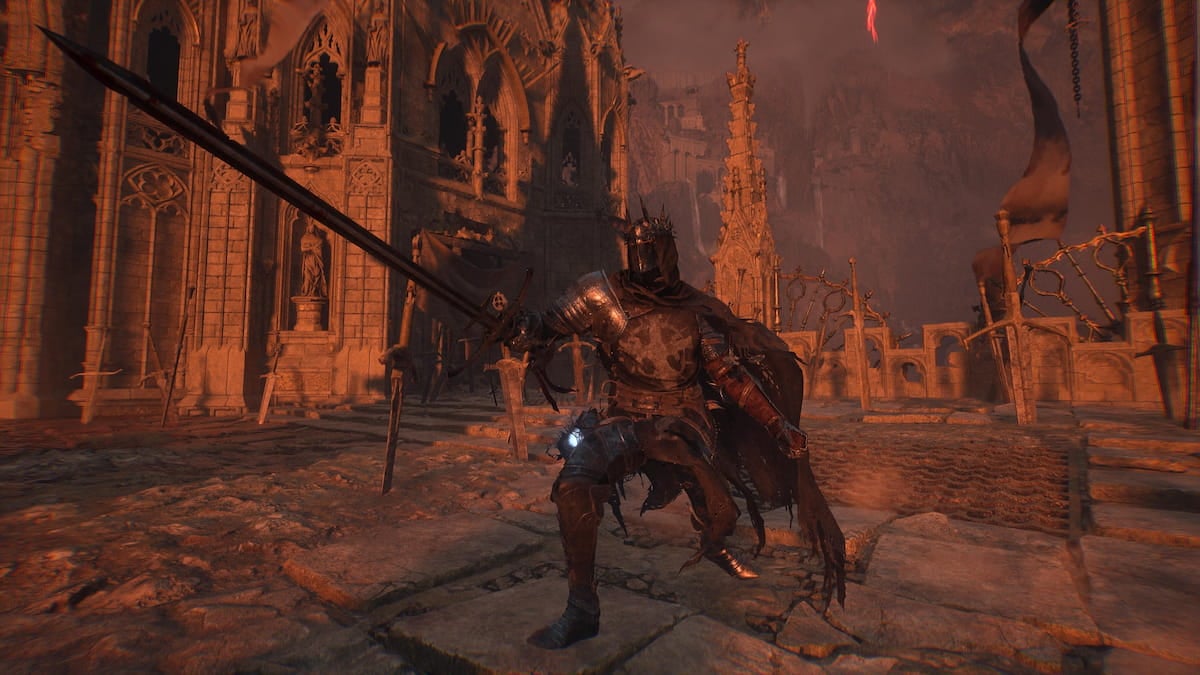
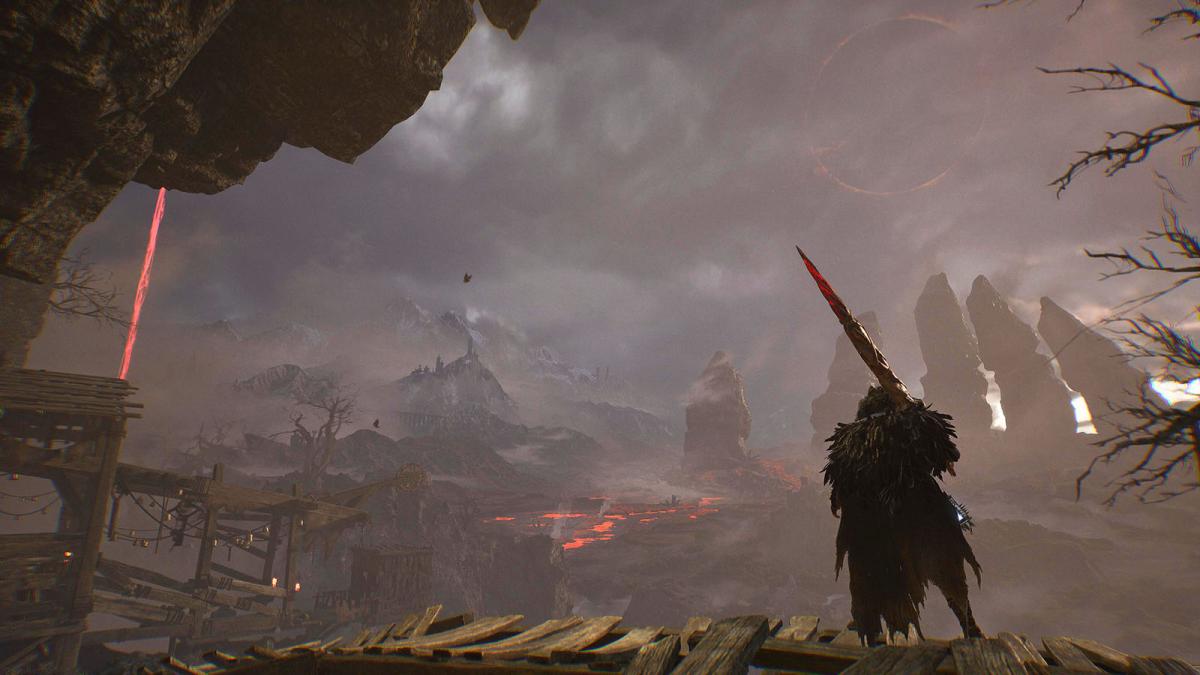
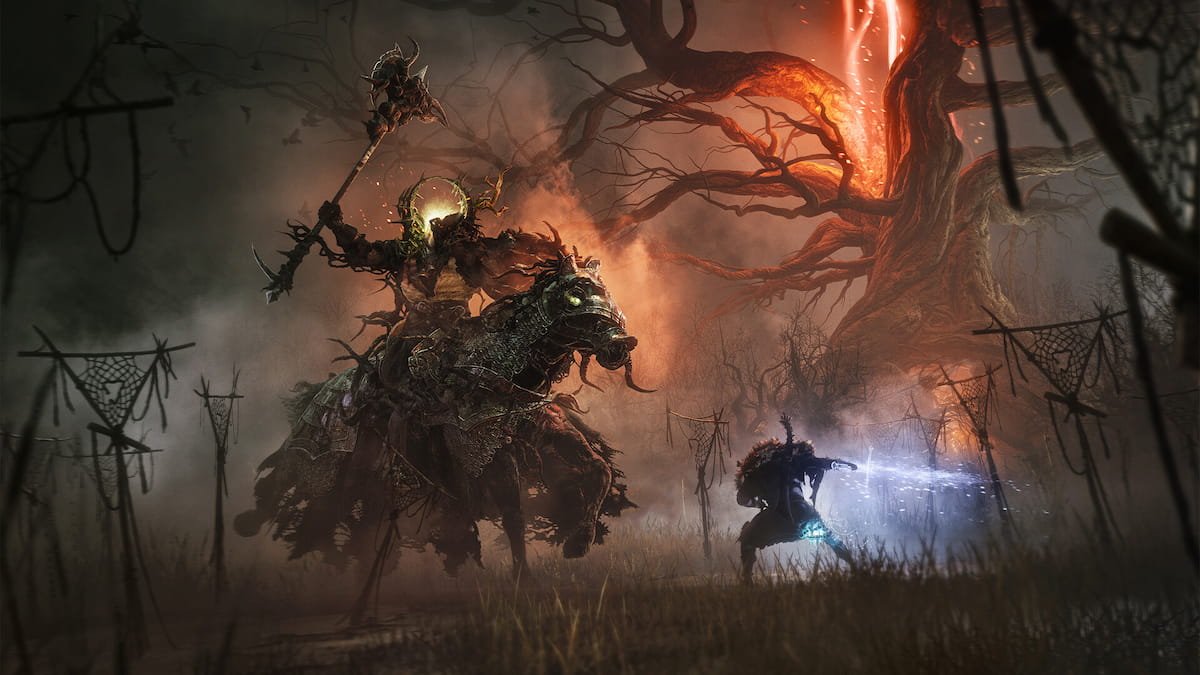
Published: Oct 12, 2023 08:00 am